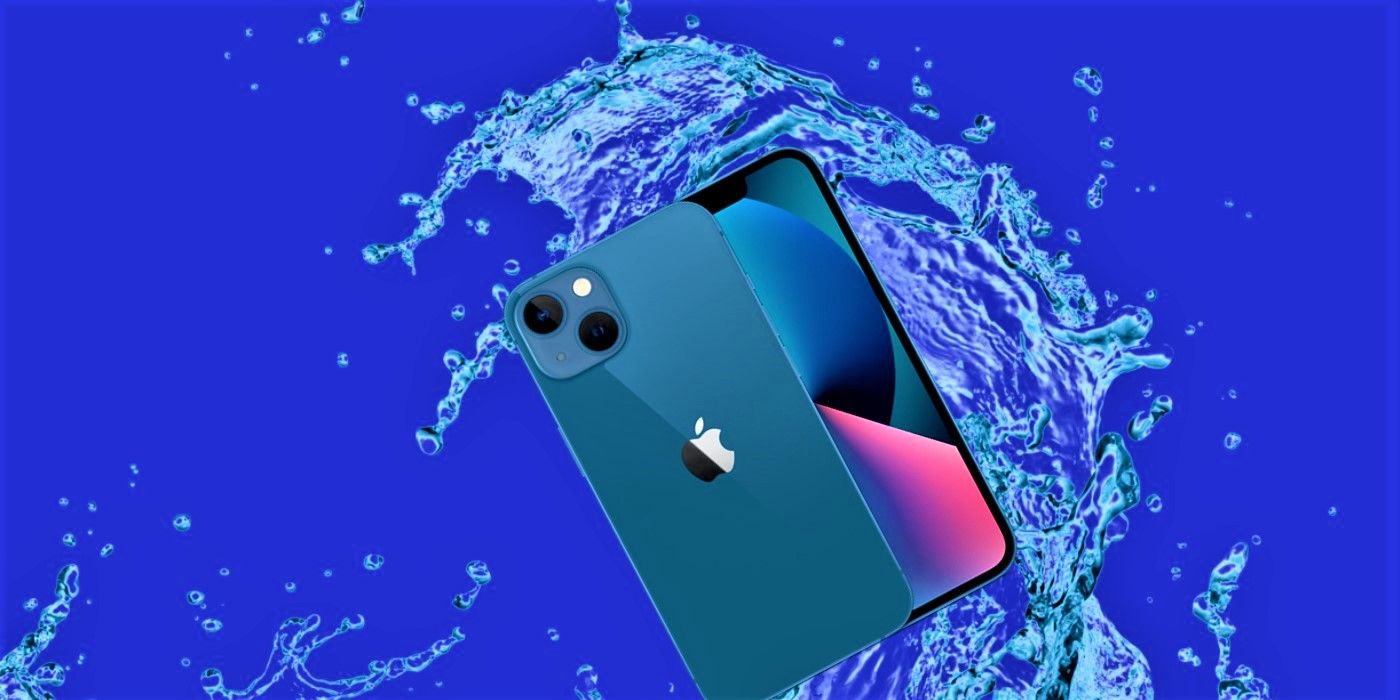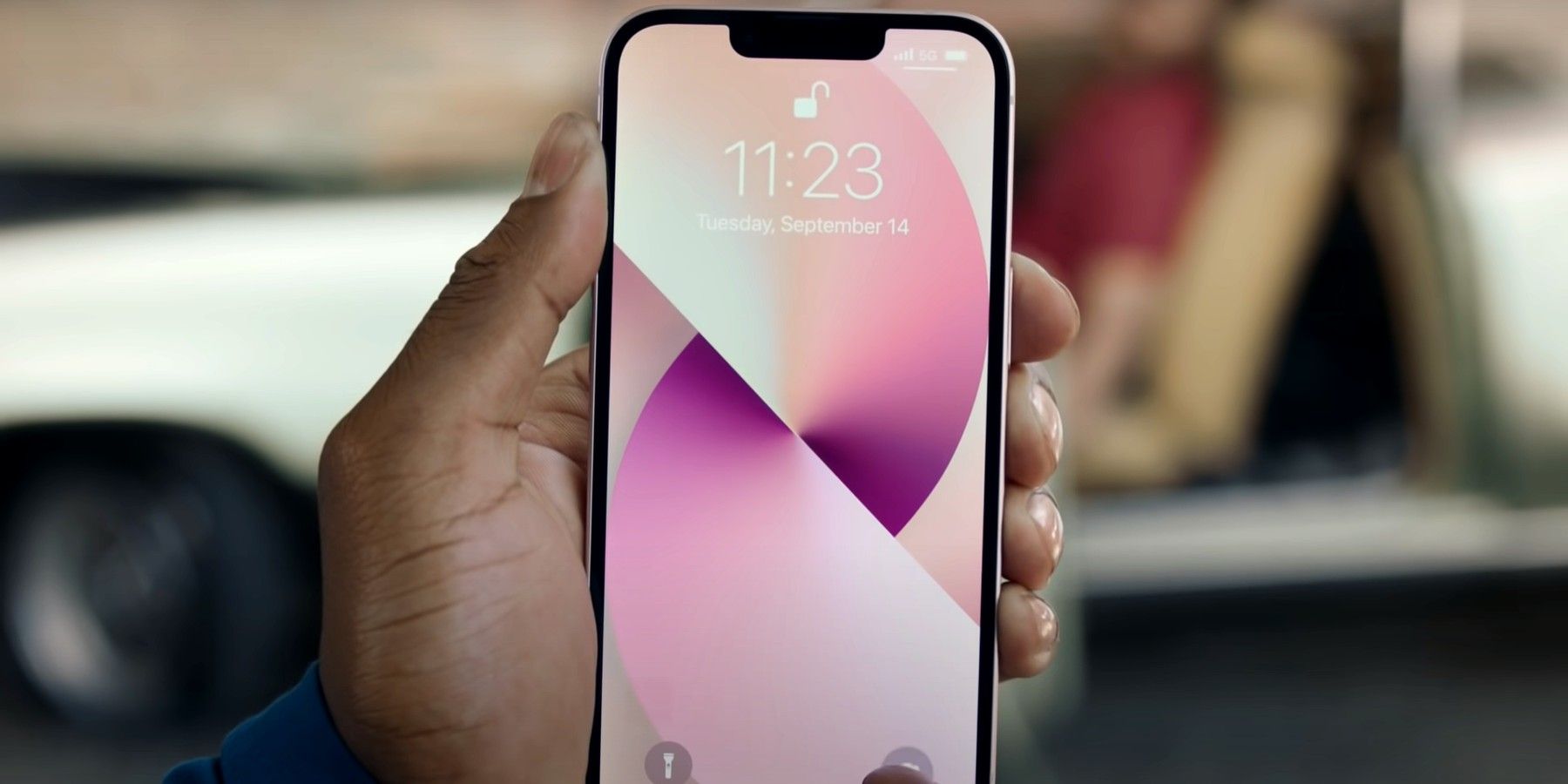The iPhone 13 is designed to be tough enough to withstand being exposed to the elements. While accidental submersion won't be a problem for it, owners shouldn't get too comfortable with constantly overexposing it to water. Apple's early iPhone models aren't known for having any official water-resistance rating until after the iPhone 6.
This is the time when Apple revealed its first-ever smartphone that came with IP-67 water-resistance, the iPhone 7. Being the first model to come without a headphone jack, the iPhone 7 had fewer entry points for water to seep into compared to previous entries. Since then, each succeeding flagship entry came with an IP-rating, including the new iPhone 13, but does that automatically make the iPhone 13 completely waterproof?
As Apple notes in the device's specs, the iPhone 13 does come with an IP-68 water-resistance rating. The first digit signifies protection from dirt, sand, and other similarly minuscule particles, while the second signifies protection from water and the pressure caused by its depth. Getting a 6 on the first spot means the iPhone 13's basically dust-tight while having an 8 next to it means it can handle full water immersion of beyond 1-meter. Both digits signify the highest attainable rating in the ingress-protection chart and is an improvement over the iPhone 7, which, despite being just as dust-proof, can only withstand being submerged in water at a maximum depth of 1 meter.
iPhone 13 Water-Resistance: Is It Better Than The Competition?
Like the iPhone 13, Google's flagship Pixel 6 also offers similar water-resistance capabilities. The same can be said with Samsung's Galaxy S21, which features an IP-68 rating as well. However, both the Pixel 6 and Galaxy S21 can withstand full water immersion at a maximum depth of 1.5-meters, while the iPhone 13 can go even deeper at a maximum depth of 6-meters. While these handsets can survive such depths, they can only stay there for up to 30 minutes at a time before reaching critical levels.
Of course, it's not recommended to use the iPhone 13 for underwater photography at the beach or swimming pool, since the chemicals in these waters will only further degrade its water-resistance levels. Likewise, the usual wear and tear could also diminish its dust and water-proofing over time. Needless to say, using a protective case is a must for those prone to subjecting it to physical abuse or those constantly exposing it to hazardous conditions. Since Apple specified that any damage cause by liquid won't be covered by its warranty, the iPhone 13's IP rating should only be taken as a precautionary measure from any accidental water hazards, not as a recreational feature. After all, getting it repaired can be quite an iffy and expensive process.
Source: Apple


